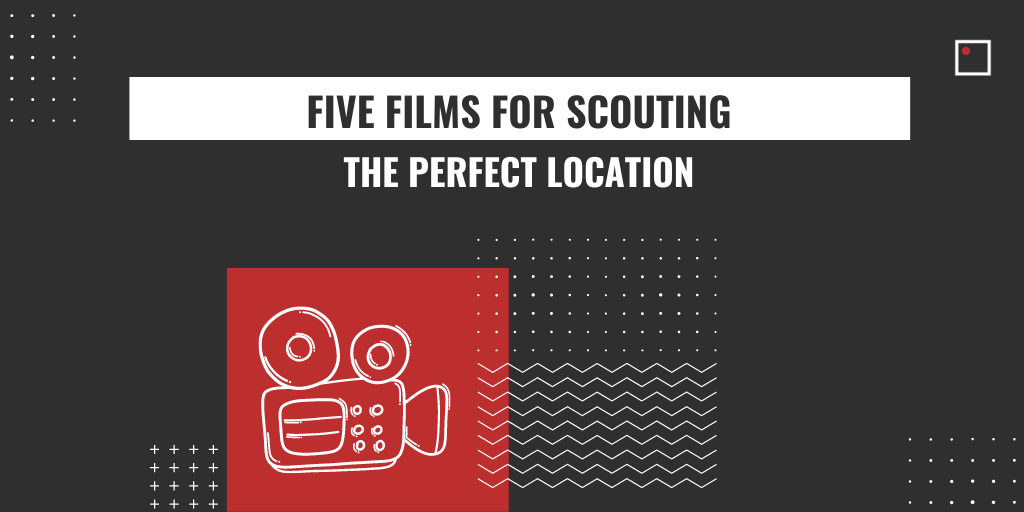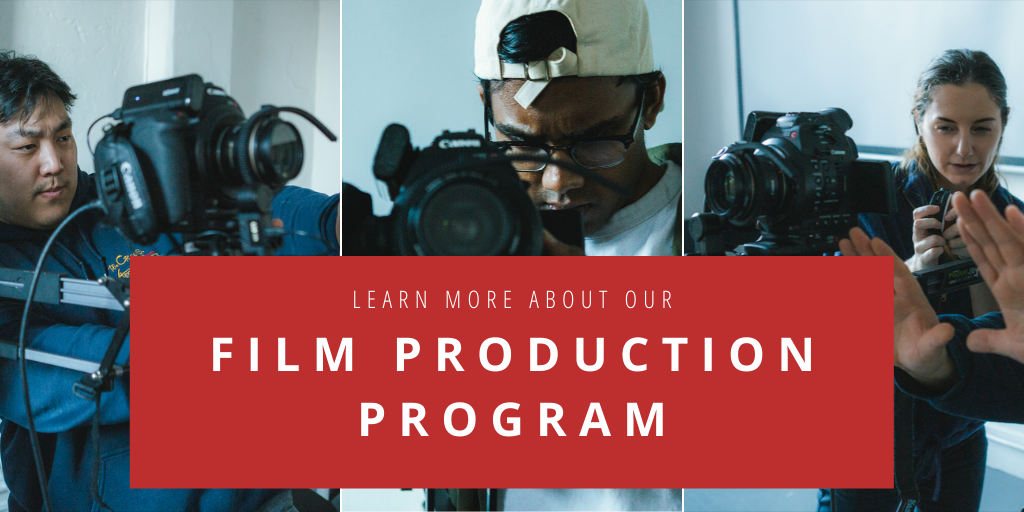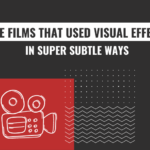Five Tips for Scouting the Perfect Location

By: Ryan Uytdewilligen
What’s the motivation for your movie’s location?
If you are going make your on-screen dream a reality, you’ll need actors, props, a screenplay, and a crew. But you can’t forget the most important physical aspect… the very bane that plagues all movie shoots; an answer to the pesky question, “where are we going to film?”
A shooting space can make or break everything depending on many minuscule factors. The job takes talent so that the rest of the crew’s day can run smoothly and the desired scene can be captured with ease.
Here’s the process one should take when finding and securing that sacred shooting space.

Click here to learn more about InFocus Film School’s Film Production Program!
1) Know Your Film Before You Go!
There are a million and one questions to answer before you trot out to peruse public places. What kind of location do you need? What is happening in the scene? Does the location need to be “tied” to another (IE, is the room part of an apartment building or a house?) Most importantly, have a handle on what type of production it is. A feature film? Movie of the Week? Commercial? TV Series? Answering this will help clarify the budget and point you towards the direction of what location types to look for.
You’ll want to have a copy of the script of course! A shooting script will explain what the specific scene calls for – if it’s interior or exterior, day or night, and specifically what the location is. Make note of how many times this location is needed because if it is more than one, it could increase the time needed to shoot in that same space.
2) Cold Calling
Yes, you actually have to talk to strangers to pull this job off correctly. And you don’t want to start with an email greeting either because they could get lost or just be ignored. The best way to contact someone to inquire about shooting is by calling them directly.
Once you have come up with a list of potential locations by scouring the internet, noting places you have already seen, or by chatting with crew-members that may have brought forth suggestions, prepare what you’re going to say. It’s best to write down all of the information so you have the production notes and specific shoot dates handy.
Start by knowing who to talk to. Understand whether it’s a business owner, a home owner, a landlord, a government employee. Depending on their title, your questions may vary.
Take a deep breath, dial the phone, and state who you are. Give your 15 second pitch with all that you know about your production. Stop. Allow questions or feedback, and go from there. The idea is to become their friend. Make a connection and be honest with what the production entails.
If everything sounds good, set up a time you can come over to snap pictures and meet in person.
3) Tools of the Trade!
Like Batman and his utility belt, the location scout must always come equipped with the proper tools. The digital camera is your biggest friend. A phone can take pictures and video at a semi-professional level – but proper lighting and scope is key to the location scout’s presentation. It’s a good idea to have both in case one device fails. Don’t forget to bring spare memory cards and batteries.
As far as getting around, a car with business insurance to protect you in case of an accident is your best bet. If you don’t have a vehicle, don’t sweat it. Public transit should be ample, but make sure you know the schedules before heading out to scout. This is where your phone will come in handy – to make sure you don’t get lost!
Most importantly, your laptop is needed to back up all of your photos while a trusty pen and notepad is essential to write down all of your thoughts and ideas on the fly.
4) The Scout
Finally, the big moment! You get to head to down to see the place.
Snap as many photographs as you can from every angle. Wide shots and close-ups (always with an inaugural “Establishing Shot” for reference). Do not underexpose. And remember, you can delete the bad ones later. Simply “walk” the director through a logical flow by starting with shots of the entire space before you zoom in and shuffle around to get all views. This includes all the rooms inside the house, all the space outside the house, every entrance, window, anything you can think of.
Be aware of your own safety by keeping a constant eye for people or objects. Look for safety hazards that could potentially come up during the shoot! If there is any danger at all that an actor or crew member could be injured, ask the owner if the issue can be removed.
Once you have pictures, close your eyes and have a listen. Can you hear moving cars zipping down the street – even with the windows closed? Are their people talking loudly in the next room? Noisy heaters or air conditioners? You’ll have to get a sense for every little blip that enters your ear. Talk with your contact! Often machines can be unplugged that give off an unwanted hum or sounds from outside may change from day to day. Every possibility must be accounted for.
Finally, logistics are going to have to be considered. Is there enough power in the room? Is there space for cameras and lights to get to where they need to go? How about a space for your crew to relax and put there things? A make-up area and prop storage? Is there enough parking? Look at the location as a whole to see if shooting is absolutely doable.
5) The Verdict
If your contact gives you the go-ahead that you can shoot, mark that and their information down! Provide some notes about what you saw regarding safety, logistics, and sound then make sure to include the pictures.
The director will get back to you with a decision between the best of the best. It will be up to you to contact your contact to arrange another meeting so that the director can get a feel for the location themselves. Likely, you will be accompanying them on their trip over.
Finally – a decision will have to be made. The director will decide on the space in which to shoot their precious project. Your final act will be to secure the spot. Have the contact sign a contract so that you can officially stake your claim on that space.
www.creativebc.com/community is a good place to grab a contract and more shooting info!
Agree on a fee and when that is to be paid. Liability insurance should be taken out, typically, for $5 or $10 million. That sounds like a heck of a lot for your project, but don’t worry! It’s just to cover everything in case the shoot goes wrong.
But that won’t happen, now that you’ve done your job correctly, right? You’ve covered all the bases, prepared from problems, booked the location for the right time, and provided the absolute best possible place for the project!
And the best part of the job is you get to go to so many different parks and businesses and neighbourhoods – you could practically be a tour guide after a few months on the job.
If you’re a person that likes to explore, get to know the community, and problem solve with a keen eye for all aspects of production – consider getting into location scouting!





